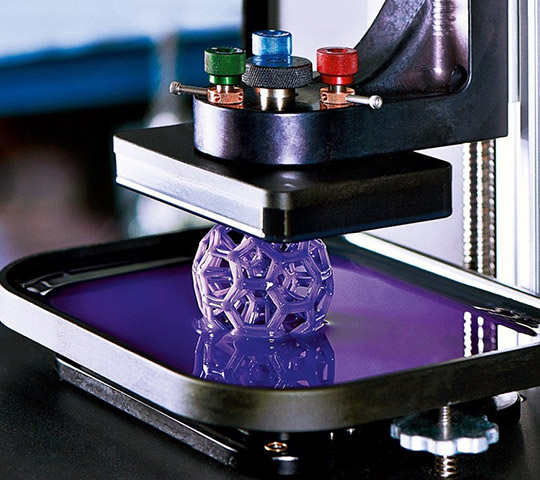The Computer Numerical Control (CNC) machining service is a well-liked manufacturing service that has been on the market for a considerable amount of time. This service is well-known for the subtractive nature of the production process that it utilizes. During the production of a material, the process of subtraction entails removing tiny amounts of the raw material one at a time until the procedure is complete and there is the finished product.
Two distinct manufacturing technologies, processing services, and 3D printing services, can be differentiated from one another in the following ways:
Process of manufacturing Machining services typically involves traditional manufacturing methods such as cutting, drilling, milling, and turning raw materials in order to create parts or products. These methods are used to create parts or products. The process of layer-by-layer stacking, which is used by 3D printing services and is controlled by a computer, allows for the creation of objects by adding materials in successive layers.
Processing services are typically applied to a wide variety of raw materials, including but not limited to common metals, plastics, and other types of materials. The process of 3D printing can make use of many different kinds of materials, including plastics, metals, ceramics, resins, and so on.
Machining services are often suitable for projects that require high precision and complex structures, making it possible to adhere to more stringent size and shape requirements. This is because of the complexity of the structures that can be machined. There may be some restrictions on the level of accuracy and complexity that can be achieved by 3D printing services, particularly for certain intricate or small-scale structures.

Processing services are typically suited for high-volume production and can result in lower costs. Costs can be reduced while maintaining the same quality of output. The use of 3D printing services is more advantageous for production in small batches, rapid prototyping, and personalization, but mass production using these services can be relatively slow and expensive.
Since CNC machining service results in faster production times, it is the method of choice when it comes to mass production. The procedure that is involved in the provision of machining services is more expedient because it calls for the coordination of multiple machines in the production of individual components. Because each 3D printer has to make one product from scratch, beginning to end, it can only produce a small number of items at a time and work on just one finished product at a time. This results in slower production times and an inability to mass-produce goods.
The final product that comes out of 3D printers is typically not smooth, and some may even have rough edges.
Expenses incurred in the making
Machining services are more efficient and are capable of producing a large number of products in the shortest amount of time possible. Because 3D printers can only make one product at a time, the overall production time for these machines is typically longer and the final product may be more expensive. On the other hand, there may be a great balance between the time used and the waste materials produced because the additive nature of 3D printers results in fewer raw materials produced; therefore, the process makes maximum use of the raw materials that are provided. This could result in a great balance between the time used and the waste materials produced. On the other hand, the fact that the machining process is subtractive results in the high production of waste materials, which in turn results in the consumption of a significant quantity of raw materials due to the fact that the majority of the waste cannot be recycled.
Because CNC machining services make it possible to manufacture both small and large parts, the manufacturing process can be more diversified as a result. As a result of the fact that 3D printers can only create finished products that are as large as their printing bed, there is a cap on the types of items that can be manufactured using these machines.
Utilized Materials
The computer numerical control (CNC) process can work with a wide variety of materials, including wood, metal, and acrylics, among others. On the other hand, three-dimensional printers are restricted in the types of materials that they can use.
